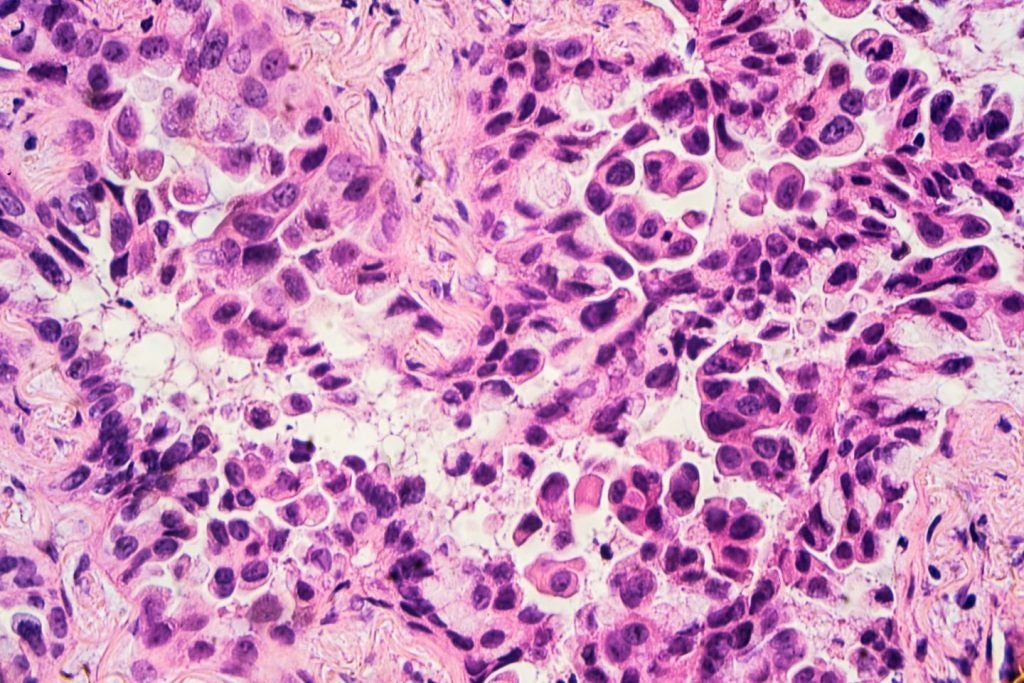A research team at the University of Texas, US, is set to develop an affordable at-home diagnostic test for patients with heart failure.
The team, which is led by the university’s chemistry professor Richard Crooks, has received a funding of $2m from the National Institutes of Health (NIH) to support the development.
Crooks intends to design the test with a sensor that will identify increased levels of biomarkers related to heart failure and will notify the heart’s stress condition within minutes.
To diagnose and monitor the severity of heart failure, the existing procedure is said to require a blood sample for biomarker measurement at a pathology lab before consultation with a cardiologist.
The new test is intended to be available even for people with low incomes, the elderly and/or people living in rural areas who might find it difficult to undergo the laboratory process.
A pre-prototype of the heart-failure sensor has already been tested by the research team and is reported to have demonstrated favourable results.
How well do you really know your competitors?
Access the most comprehensive Company Profiles on the market, powered by GlobalData. Save hours of research. Gain competitive edge.

Thank you!
Your download email will arrive shortly
Not ready to buy yet? Download a free sample
We are confident about the unique quality of our Company Profiles. However, we want you to make the most beneficial decision for your business, so we offer a free sample that you can download by submitting the below form
By GlobalDataAfter refinement, the sensor is expected to provide feedback on disease progression and warn regarding crucial symptoms that might require an expensive emergency room visit.
For the new test, the patient has to place a disposable paper test strip with a drop of blood into an electronic device, where the blood interacts with a substance imprinted on the paper and creates an electrochemical signal in the presence of the heart-stress biomarker.
Crooks said: “And then a couple of minutes later, a light would come on that’s like a traffic signal.
“If it’s green, you’re good. If it’s yellow, you probably ought to make an appointment with your cardiologist. And if it’s red, you should head directly to the emergency department of the hospital.”
The team expects to assess the blood samples from patients with heart failure and will compare them to standard biomarker tests at a pathology lab.




